Costitx Bulls
These ancient artifacts are a testament to the enduring significance of the bull in Spanish culture.
The ubiquitous fighting bull, with its sweeping horns, flared nostrils, and wrathful maddened stare, is a symbol deeply ingrained in Spain, from the verdant northern territory of Asturias and Galicia to the dusty plains of Andalusia in the far south.
This iconic beast has featured in the country’s controversial bullfights and the running of the bulls; on the labels that grace bottles of wine and sherry; in the paintings of Pablo Picasso; and in the pamphlets and protests of animal rights activists. This is an animal that occupies a central and almost totemic significance in the collective consciousness of the Spanish people, and has done since time immemorial.
The ancient bulls of Costitx are perhaps the most enduring testament to this archaic association. Currently on display at the National Archaeological Museum in Madrid, this set of three life-sized bronze bull heads was discovered in the late 1800s at the sanctuary of Son Corró, an archaeological site outside the town of Costitx in Mallorca. Dating to between 500 and 200 BC, the period of the Talayotic culture, the bronze bovines are believed to either be images of a deity or artifacts related to the cult of the bull and the ancient practice of bull worship in the region.
Yet it would be a mistake to think the cultural importance of the Costitx bulls is something confined to the past, as the artifacts are at the center of an ongoing political debate. The Mallorcan town where they were originally discovered has petitioned the Spanish national government to return the bulls to the island on a number of occasions, so far without success.
Know Before You Go
You can find the bulls in the Protohistoria gallery located on floor 1 of the National Archaeological Museum (Museo Arqueológico Nacional). The museum is open from Tuesday to Saturday from 9:30 a.m. to 8:00 p.m. and on Sundays from 9:30 a.m. to 3:00 p.m. The entrance fee is €3 for foreign nationals or € 1 for locals.






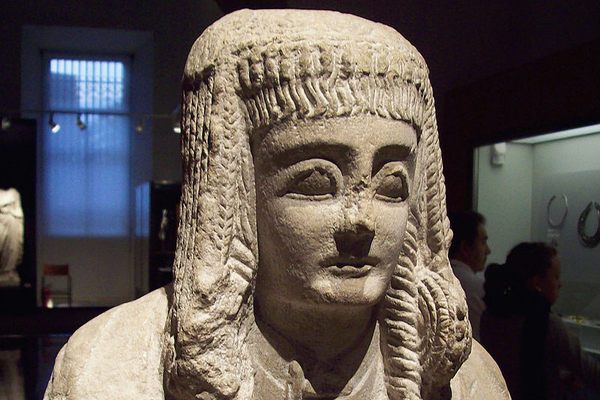
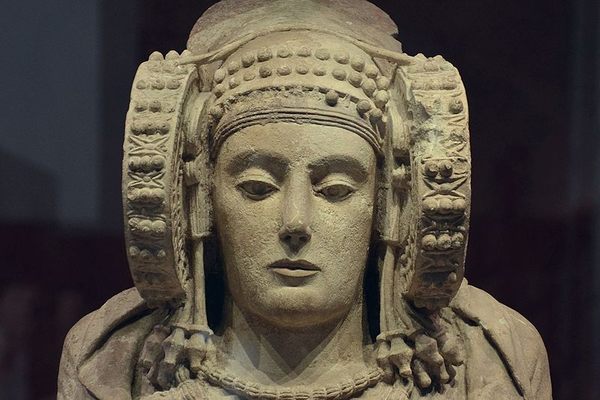
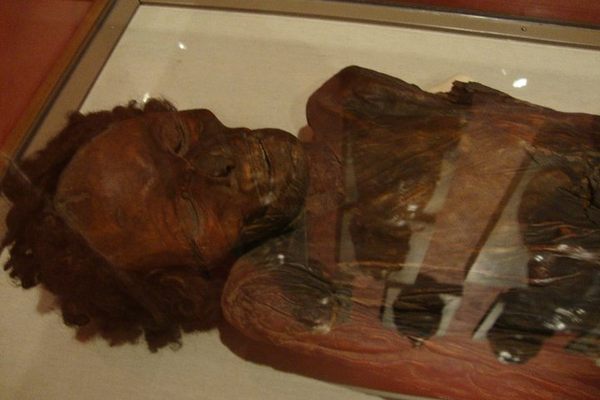
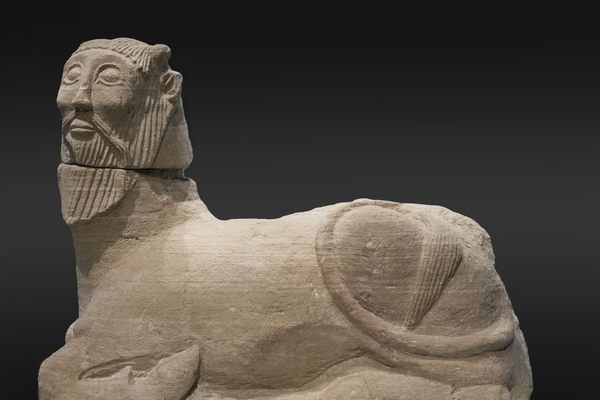



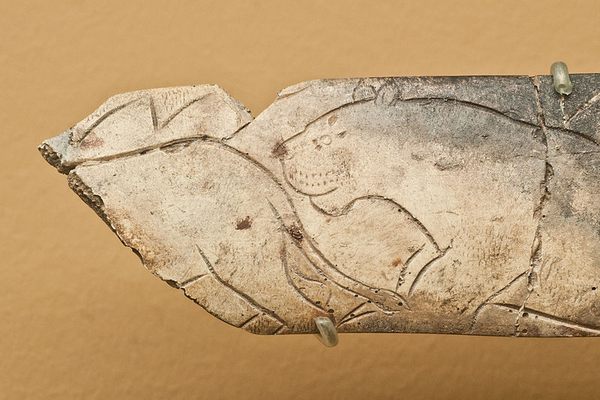

Follow us on Twitter to get the latest on the world's hidden wonders.
Like us on Facebook to get the latest on the world's hidden wonders.
Follow us on Twitter Like us on Facebook